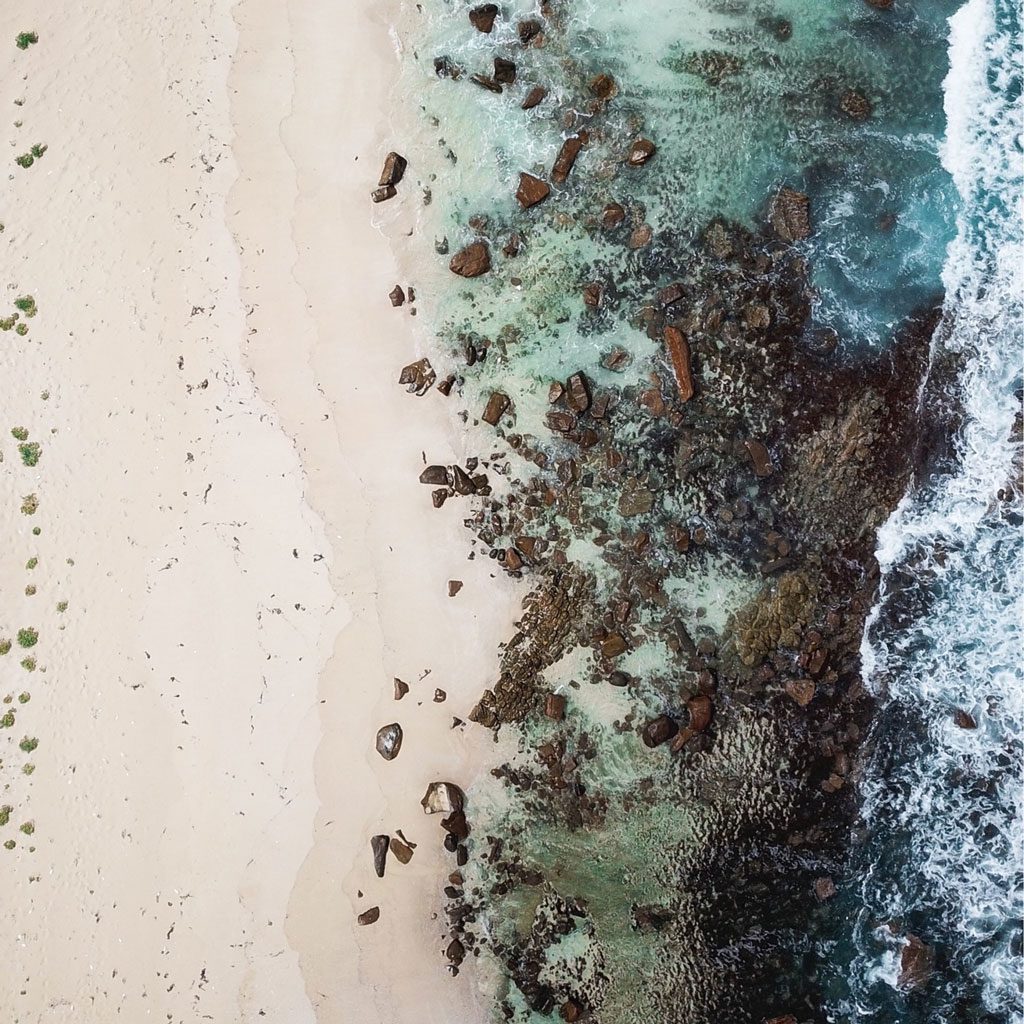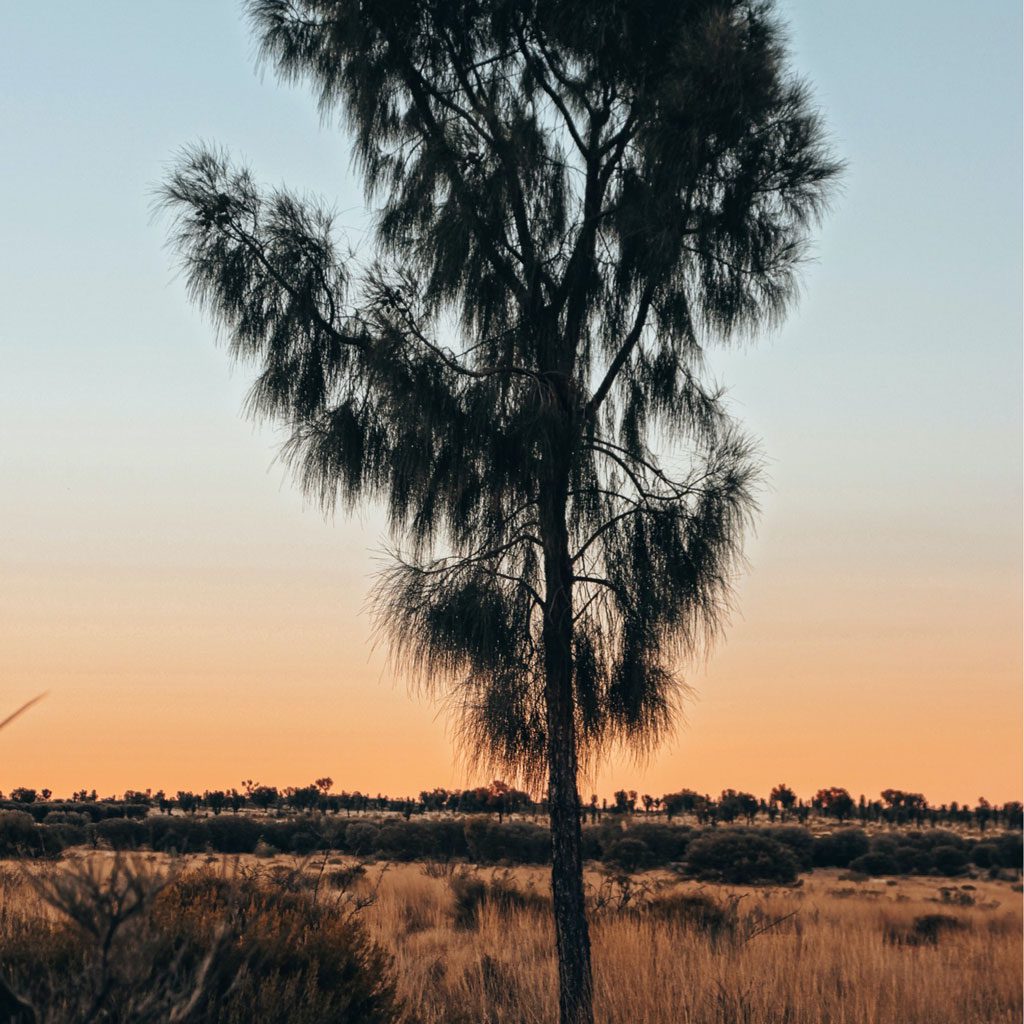
Biodiversity Credits
Biodiversity credits are an emerging mechanism to quantify and track biodiversity conservation and preservation efforts and outcomes. A biodiversity credit is a unit that can be bought and sold, which represents a positive biodiversity outcome achieved by a nature-based solutions project registered under a biodiversity credit scheme or program that is based on scientifically derived and measurable metrics for biodiversity, and which is not used to offset an equivalent negative impact on biodiversity elsewhere. We include in this definition all unit types, including credits, certificates, tokens etc.
Voluntary biodiversity credit markets are increasingly recognised as one mechanism that can drive financing toward the protection, regeneration and stewardship of biodiversity, and close the biodiversity financing gap. For example, Target 19 of the UN’s 2022 Montreal-Kunming Global Biodiversity Framework (GBF) refers to biodiversity credits as a potential mechanism for mobilising financial resources globally.





